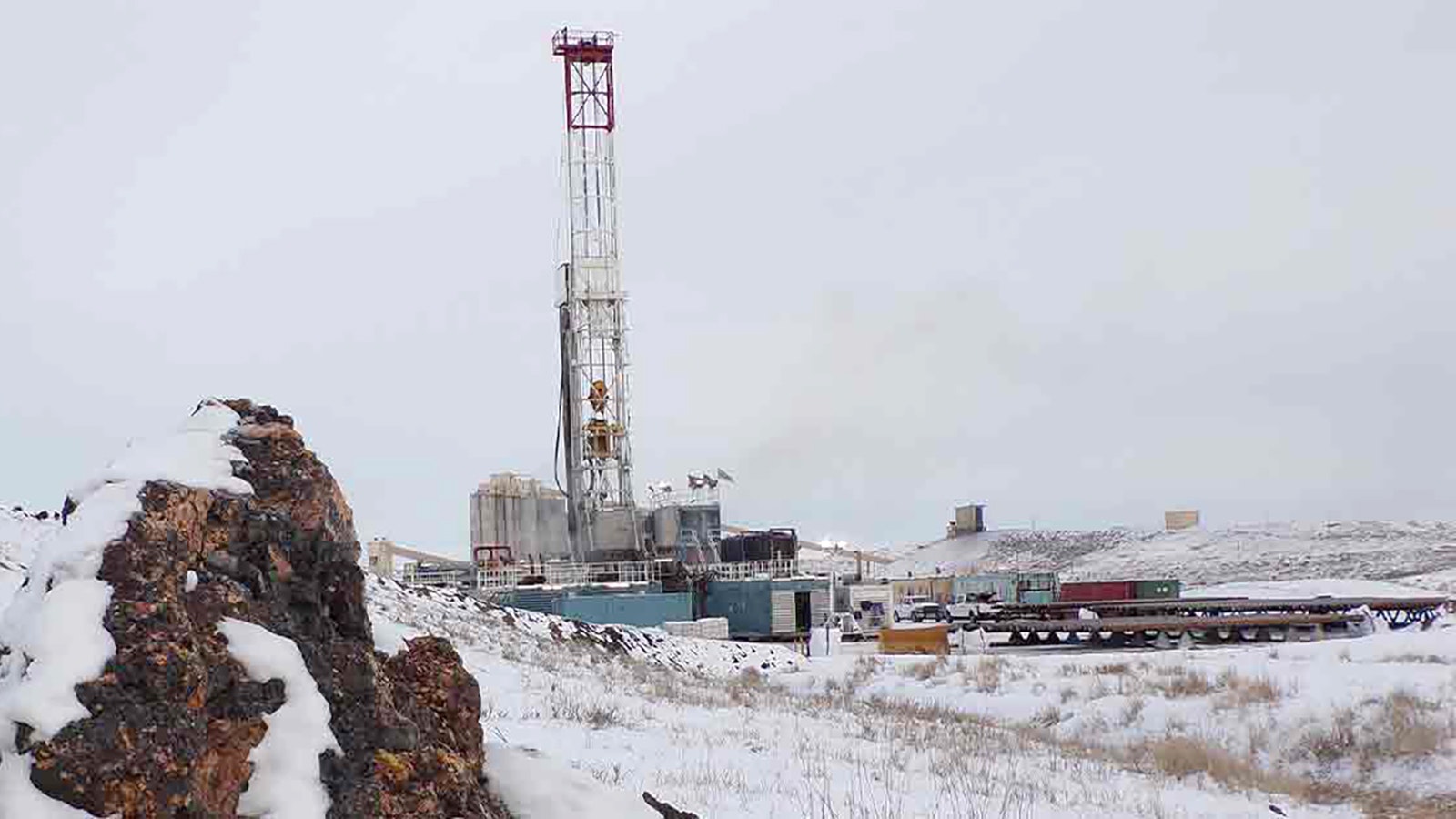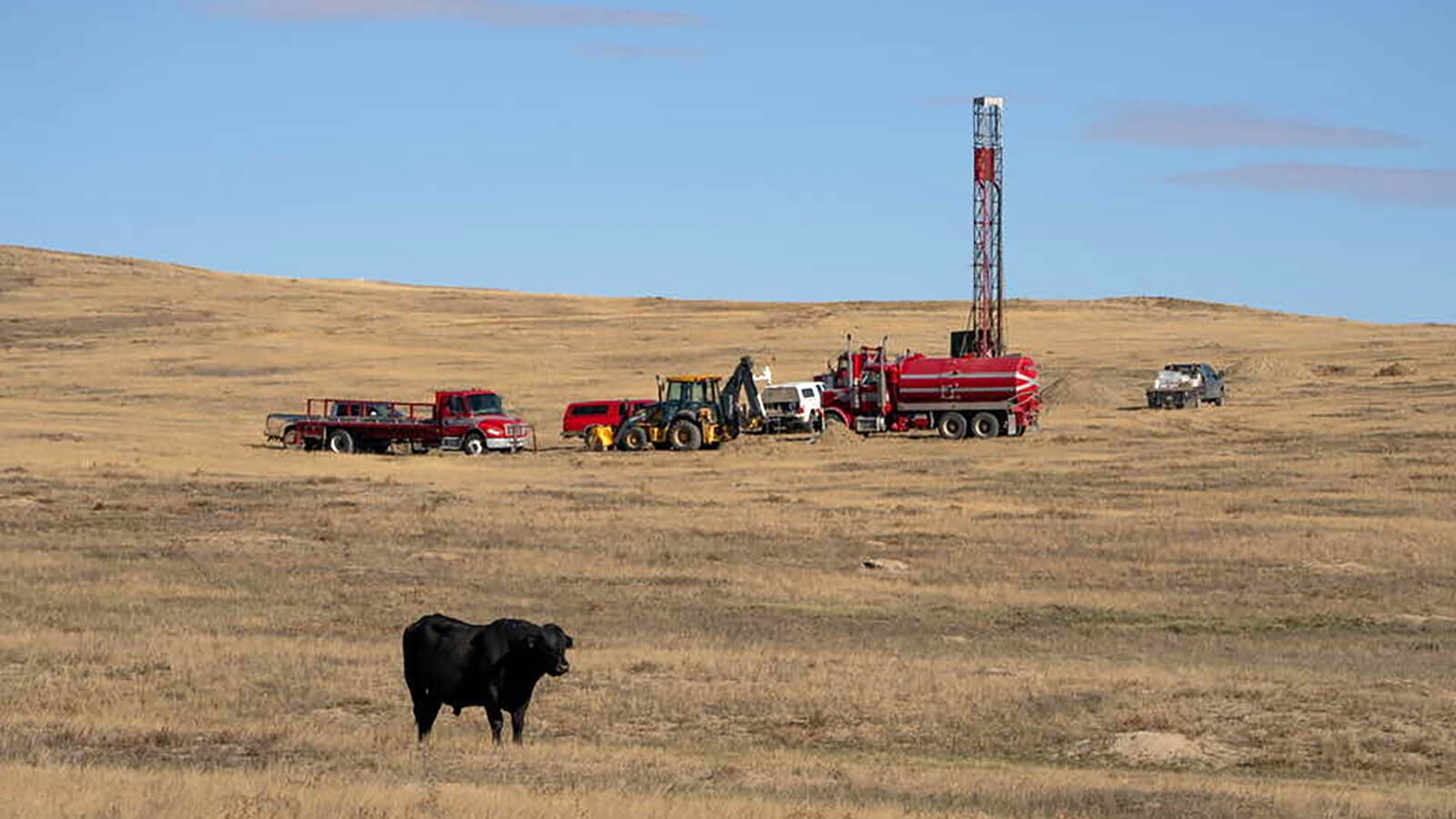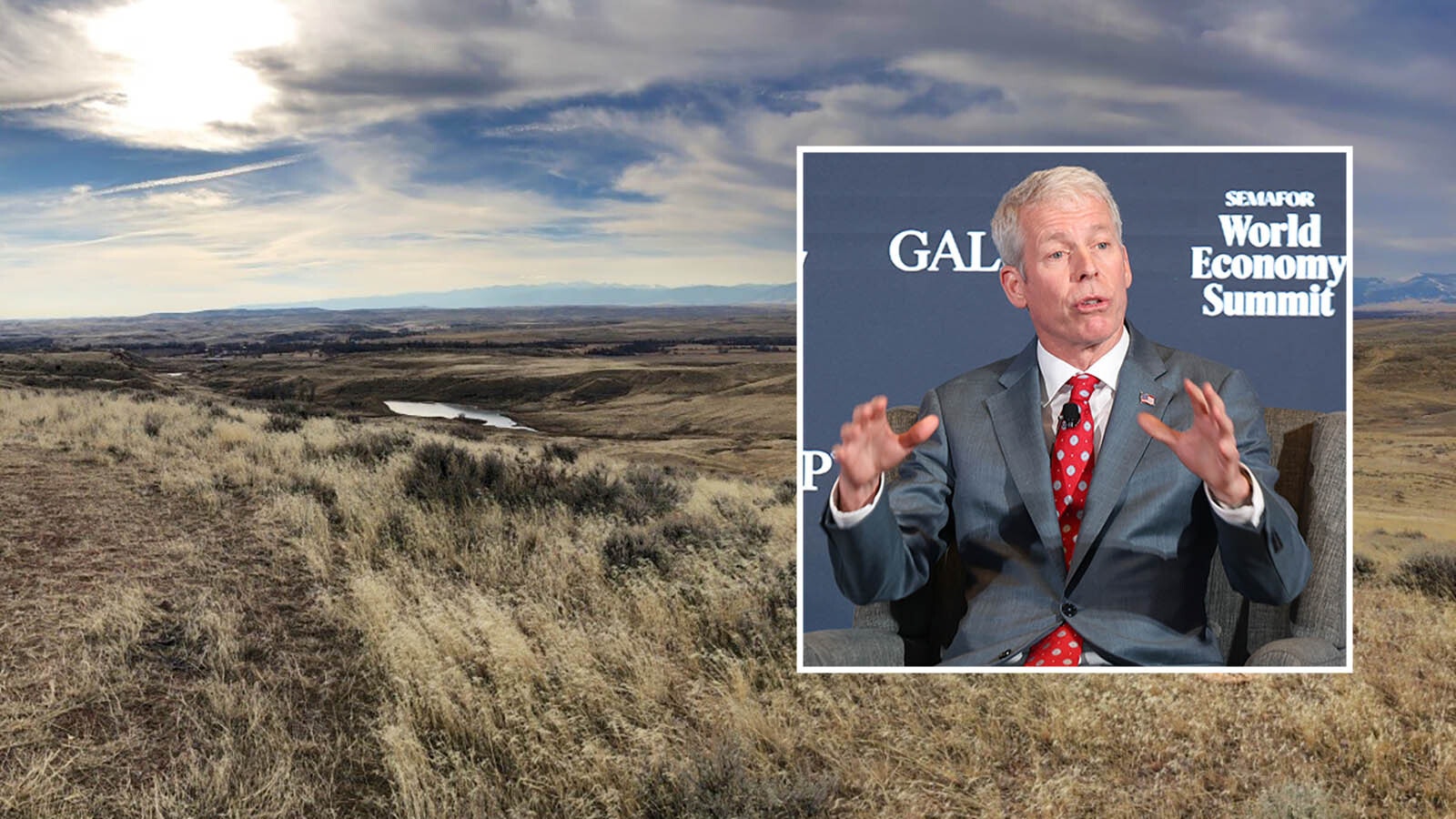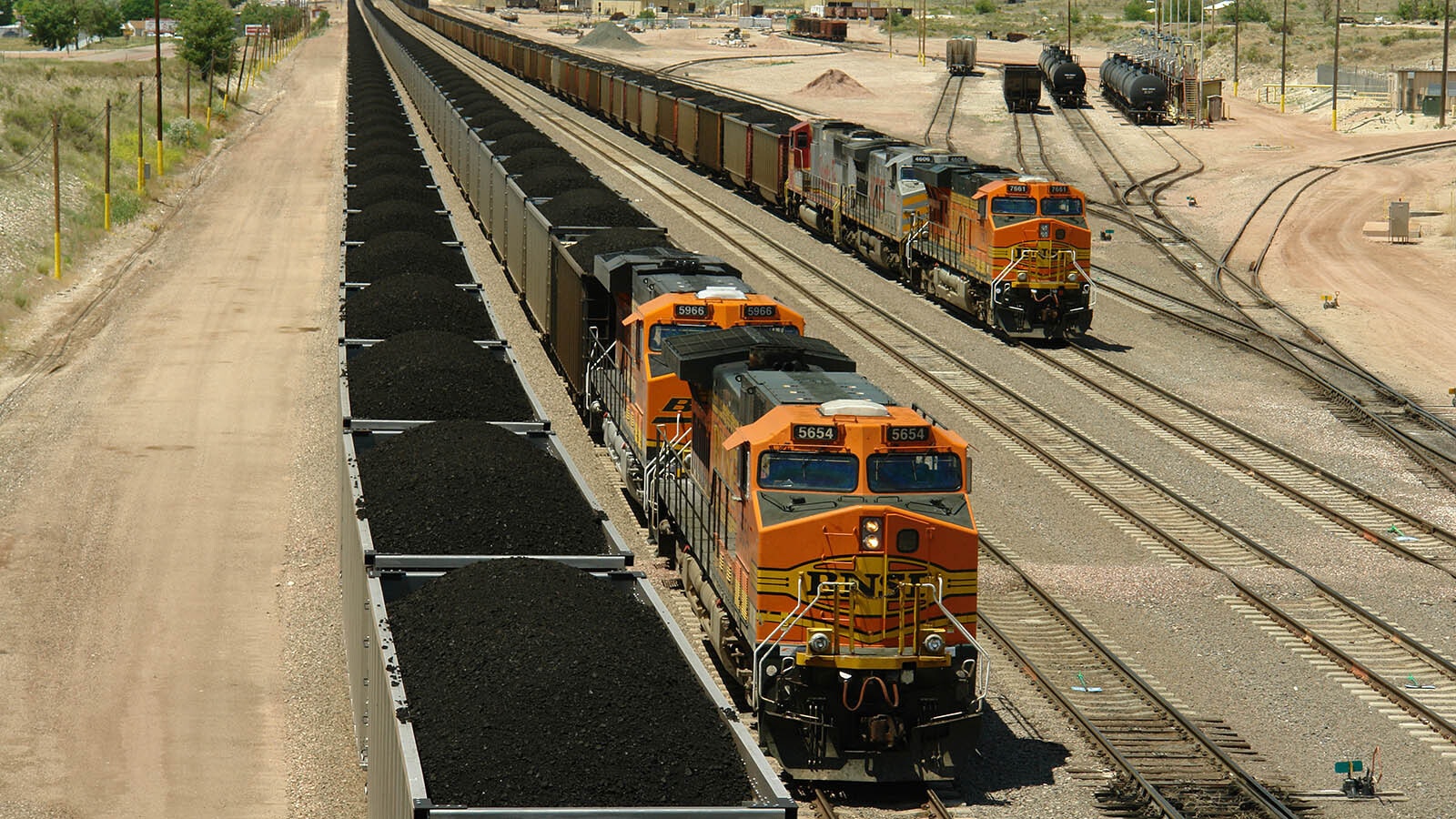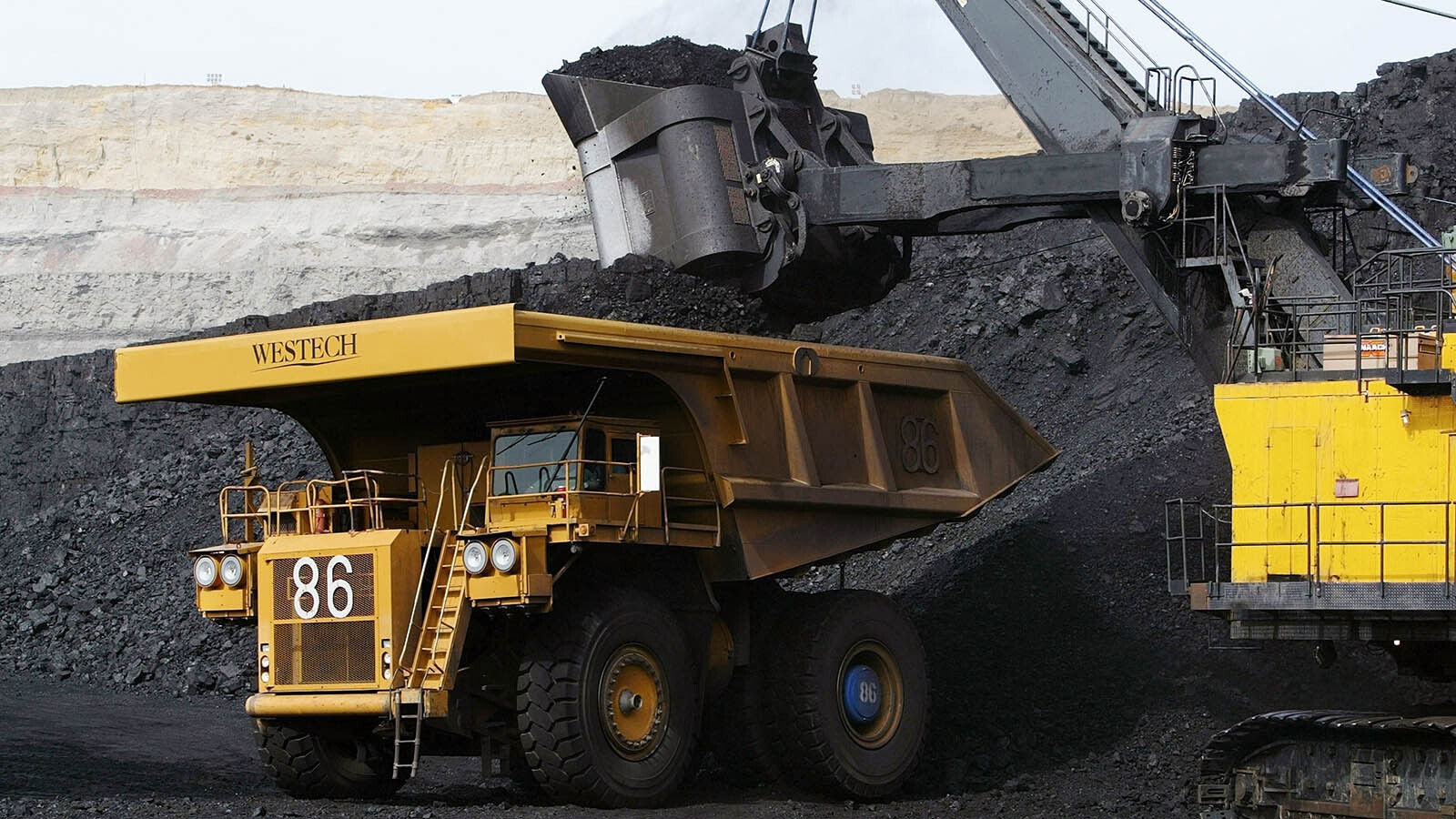The plan to address climate change by eliminating the use of fossil fuels is encountering problems. Because of the intermittency of wind and solar, they drive up energy costs.
They also require large amounts of land, not just for the farms but also the associated transmission lines, which brings with it their own environmental impacts. It’s also very difficult, if not impossible, to power industries with wind and solar.
The world may be using fossil fuels for decades to come. Hoping to balance the goal of reducing emissions with energy realities, some people are looking toward carbon capture as the solution.
Wyoming is one of two states that have authority for permitting Class VI wells, which are used to store captured CO2. North Dakota is the other. This means the Cowboy State can more quickly permit the wells needed for carbon capture, and which will make Wyoming a desirable location for companies looking to build carbon capture projects.
Capital Intensive
Will Morris, who has a Ph.D. in chemical engineering, has been working in the carbon capture industry for over a decade.
Morris told Cowboy State Daily the technology works well and has a lot of potential.
“Is the technology perfect? No, but neither was the first Model T,” Morris said.
One of the biggest barriers to the growth of the technology now is the timeline on the 45Q tax credits, Morris said.
Most businesses generate revenues by selling a product people can buy. Carbon capture can sell CO2 for some applications, such as enhanced oil recovery that allows oil wells to produce longer, but there’s far more CO2 emissions than there is demand for the gas.
This means that the carbon capture industry will need incentives like tax credits to create profitable business models.
The Inflation Reduction Act raised the 45Q tax credit to $85 per ton of CO2 permanently stored, such as in a Class VI well, and $60 per ton if it’s used in enhanced oil recovery.
Morris said the credits are good, but they are set to expire in 12 years. For a capital-intensive project like a carbon capture facility to raise the investment needed, the projects need to be on timelines of 20 or 30 years. Without that regulatory certainty, the industry won’t go very far.
“We’ve seen in the wind industry where the wind tax credit is there, there’s a ton of development in the wind space. Then the tax credit sunsets, and projects basically go to zero,” Morris said.
Project Bison
Project Bison, planned to be built near Sweetwater, is moving forward, with the 12-year sunset on the 45Q credits. Carbon Capture Inc. is using modular units for the project, meaning they can be manufactured and added onto the facility as needed.
Jonas Lee, Chief Commercial Officer for CarbonCapture Inc., told Cowboy State Daily that the 45Q tax credits are a direct subsidy. So, if a carbon capture company, for example, gets $400 for a carbon removal credit from a company buying the credit, the carbon capture company gets $180 from the federal government for that subsidy.
“You add those two together. They’re temporary subsidies, but they’re designed to help us, and companies like us, come down on that cost curve,” Lee explained.
Lee explained that the 12-year countdown begins at the point the modules are added. So, if they add 100 modules in 2025, hypothetically speaking, they would continue getting the tax credits until 2037.
The way the law is written, Lee said, that until the end of 2032, whatever you deploy gets 12 years of credits.
“So, in 2032, we’re going to be deploying a lot more than we deploy in 2025,” Lee said.
Very Big Stuff
Energy and environmental policy expert Steve Goreham said that the global scale that would be needed to capture or remove enough CO2 from the atmosphere is enormous.
Goreham said that a lot of the interest in carbon capture comes from the realization that wind and solar aren’t going to be able to run heavy industry. So, they’re looking at using hydrogen, or using fossil fuels with carbon capture.
There are 27 major carbon capture and sequestration plants operating, and 16 of those are in North America. Of the 27, 22 are used for enhanced oil recovery.
“Environmental groups don’t like that, of course,” Goreham said.
Currently, all those facilities capture 0.1% of carbon emissions, Goreham said.
The International Energy Agency projects that we need to capture 9% of world emissions with carbon capture and storage by 2050. To reach that level, the world would need to build, Goreham said, 70 to 100 large facilities every year.
“That’s the scale we’re talking about. It’s very, very big stuff. And it just isn’t gonna happen,” Goreham said.
Crazy Path
All solutions involving reducing CO2 emissions or capturing it, whether it’s renewable energy or carbon capture, are expensive. There is another option, Goreham said.
We could just accept that reducing emissions might not be the best way to address whatever problems stem from global warming.
“If you want to stop sea level rise, you build sea walls like the Netherlands has done for hundreds of years,” Goreham said. “If you want to stop forest fires in California, instead of having everyone drive electric cars, you have better forest management.”
Any of these types of solutions, whether it’s better infrastructure or economic development to help poor countries have more heat and air conditioning, are going to be far cheaper than renewable energy and carbon capture.
“Adaptation is the key. It’s really the only rational response to global warming. We’ve got the world running off on this crazy path. It’s not clear it’s going to have any measurable effect on temperatures, all the things that we’re doing,” Goreham said.

